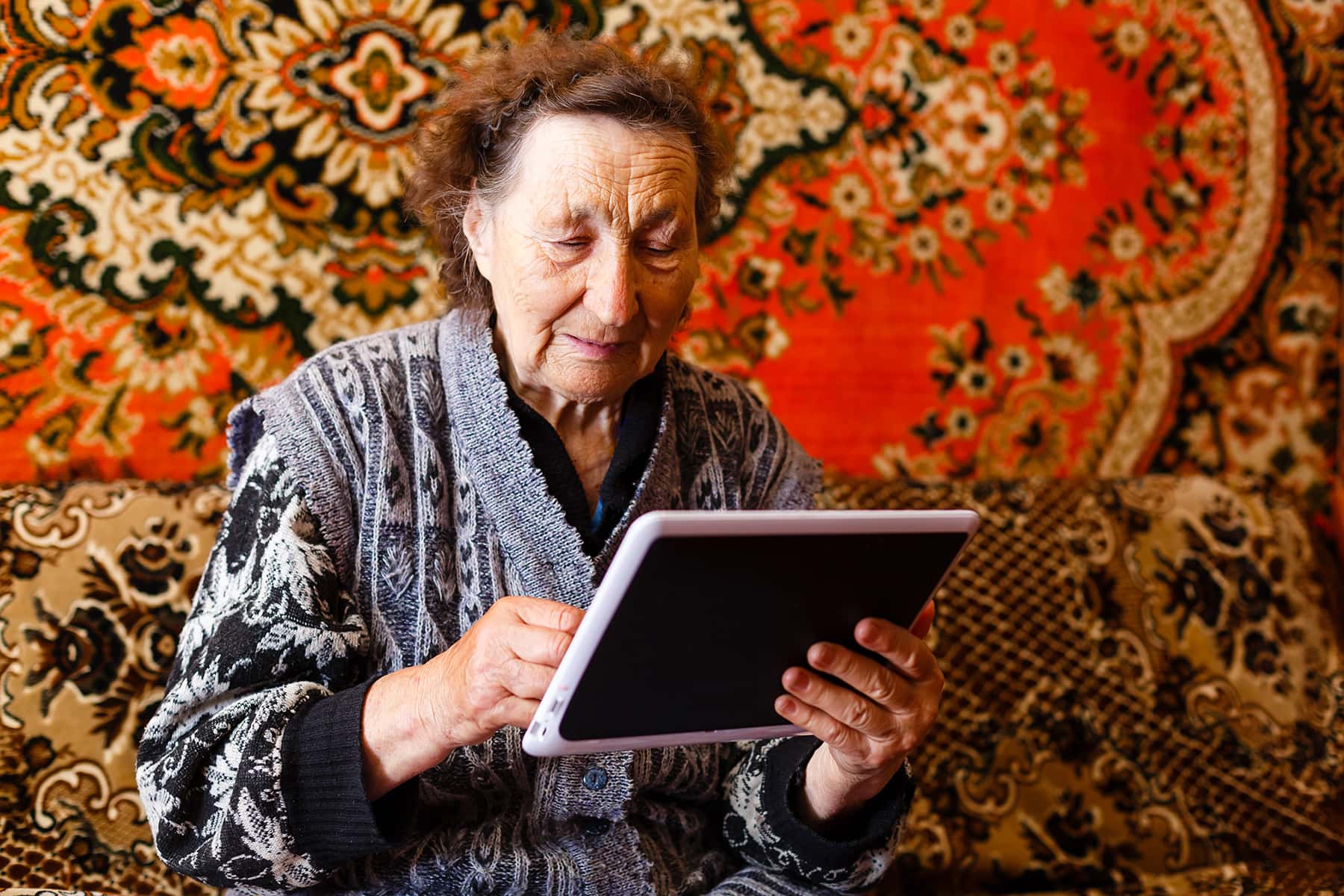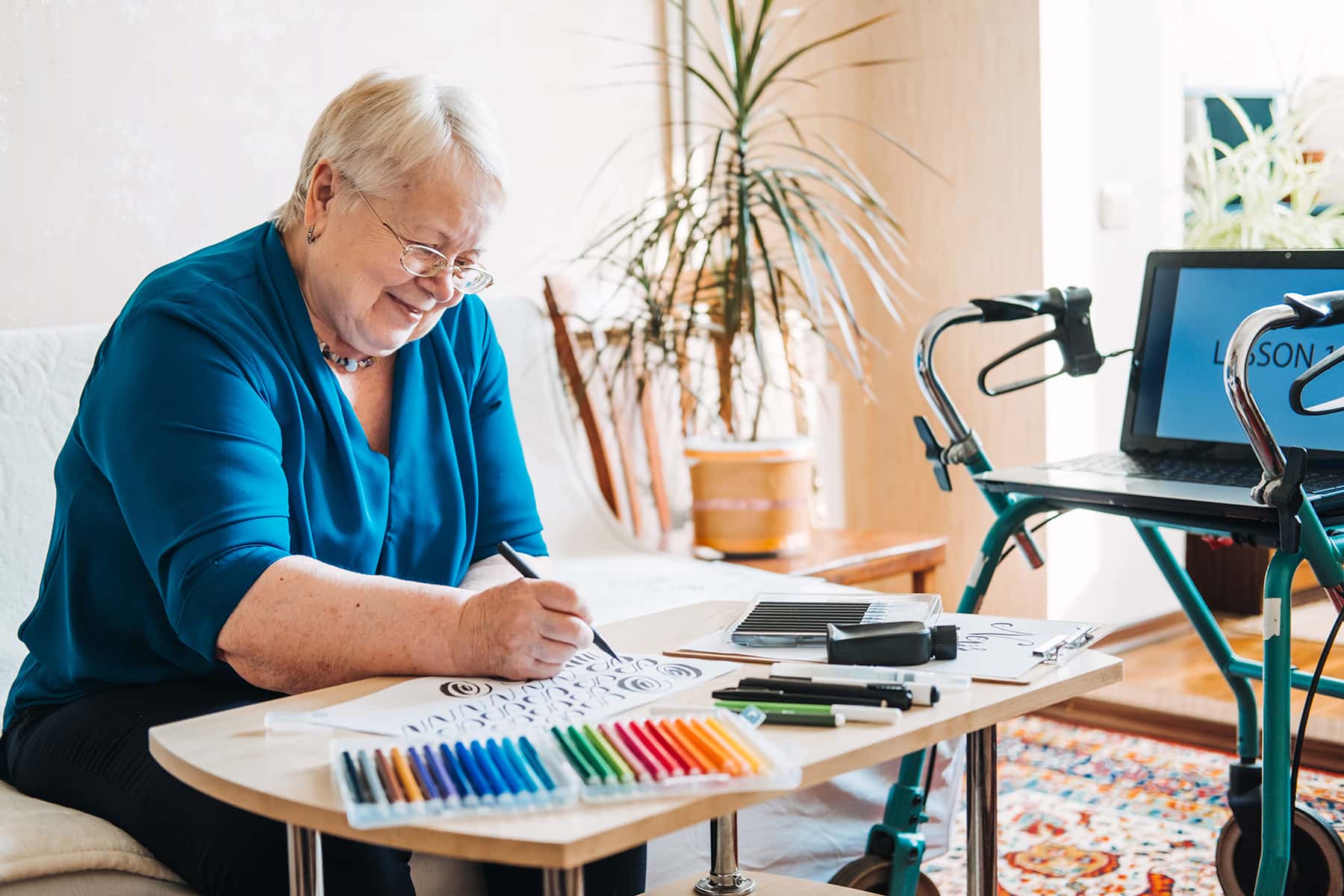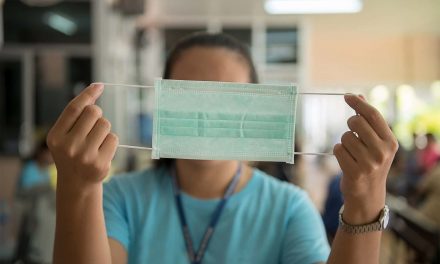
By Dawn Pittman, PhD Student, Nursing, Memorial University of Newfoundland
Older adults, especially those who live in rural areas, are affected by their isolation. In Newfoundland, 22 per cent of residents are over the age of 65. These older adults live in the sparsely populated coastal communities or in the small number of more urban centers that are scattered throughout the province.
Social isolation and loneliness negatively influence the quality of life of older adults. Rurality of threatens older adults’ ability to engage with peers, their community and the health-care system.
Arts-based programming
The combination of an aging population and the potential negative health effects caused by social isolation presented a problem that our team — consisting of members from the Regional Health Authority, the Western Regional School of Nursing, health professionals and a local performing arts organization — aimed to address.
We designed opportunities for older adults with mild to moderate frailty or cognitive decline to be socially connected through participation in arts-based activities. Our program aim was to prove that engagement in the arts could help these older adults maintain their cognitive health and improve their quality of life.
SmART Aging was a community-based virtual arts program delivered by local professional artists in western Newfoundland. The program connected socially or geographically isolated older adults with artists and other participants through online sessions that featured a variety of expressive arts disciplines. Local artists developed engaging programming that was specifically aimed at the older adult population.
Eight artist-led sessions were available using virtual technology, and older adults could participate from the comfort of their own home and at no cost. The art sessions ranged in focus from letter writing to painting and drawing, as well as storytelling and theatre skills. Participants could choose to attend only one session, or complete all the sessions.
Due to the COVID-19 pandemic, the program was affected in various ways, including a delayed start, a change from the proposed blended in-person and virtual format to solely virtual, and changes in the recruitment process. Initially, community health nurses identified eligible participants from their existing caseloads. However, due to the impacts of the pandemic, the recruitment process changed to public promotion and self-referral.
Positive feedback
To measure program effectiveness, the project team offered an anonymous survey to participants that asked them to provide feedback on their experience and satisfaction with the program. Virtual focus groups were also held at the end of the sessions with the project team and the artists to evaluate the program and to identify strengths, opportunities for improvement and the overall sustainability of offering a similar program in the future. The distance that clients would have needed to travel for this program if virtual access was not available was also tracked.
Participant and artist feedback confirmed that the program was successful in engaging participants and enhancing their quality of life. Participants enjoyed the sessions, interacted with others and felt included in the art sessions. Participants were interested in participating in future sessions, and 90 per cent would recommend the program to family and friends. One participant’s feedback reflected the success of the program:
“The artist was fantastic. I felt very relaxed once we got started. And it was so nice to see the other ladies and man on the screen. It was like having company in my house: but I didn’t have to clean up!”
Artist feedback was also very positive, with all of the artist respondents receiving participant feedback that they were engaged in the sessions and enjoyed it. The findings support further program offerings and the possible expansion of the program. One artist wrote:
“I am grateful for the braveness of the participants who stepped into something new! I was amazed to see and feel a shift from ‘chaos’ to ‘calmness’ from the participants after we settled into the activities and a sense of ‘confidence’ by the end. It was great when participants could share their audio and video so we could directly connect in those ways.”
Alleviating social isolation
While the pandemic altered both program delivery and recruitment, and decreased the expected participation, overall the program was a success. Even the small number of attendees represented a significant impact on saved travel time and cost.
Collectively, the participants would have had to travel 2,383 miles if they had attended in-person art sessions. It is the hope that art-based projects like this will continue to be explored as an option for improving older adult social isolation and positively benefiting health.
Originally published on The Conversation as Online arts programming improves quality of life for isolated seniors
Support evidence-based journalism with a tax-deductible donation today, make a contribution to The Conversation.















